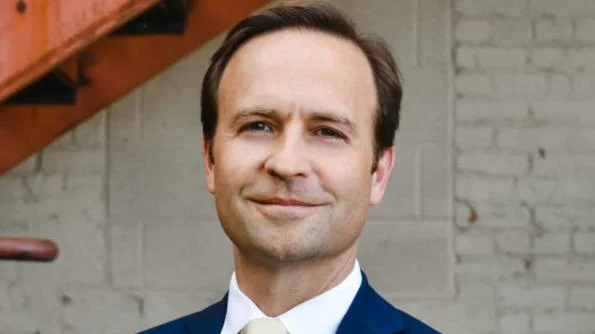Brian Calley President and Chief Executive Officer at Small Business Association of Michigan | Official website
Brian Calley President and Chief Executive Officer at Small Business Association of Michigan | Official website
As a business grows, it becomes increasingly complex. Business functions that one or two people once managed now require additional staff. Automation replaces legacy systems and processes, both administrative and those that directly impact production and service delivery. Cross-functional communication and coordination, which used to be informal and direct, soon flow through layers of people and departments. The company’s management team, some of whom may have limited supervisory experience, can find it difficult to keep non-management employees on the same page. Goals and priorities shift rapidly as the company works to keep up with increasing internal and external demands. These changes can have very real consequences for the company’s culture.
The most common, and potentially serious, challenge facing any growing small business is cultural (or leadership) alignment. As a business expands, members of its leadership and management teams may find themselves disagreeing over issues of company direction, strategy, and process. Company leaders who once shared the same vision of the business’s future may no longer see eye-to-eye. They could have differing priorities on how to expand the company’s workforce or invest in new equipment and exactly how to implement those things. The more difficult it is for company leaders to reach consensus, the more disconnected, ineffective, and inefficient the whole operation can become.
Communication may falter if decisions coming from the company leadership team are unclear, inconsistent or misdirected due to misalignment. Cross-functional coordination and collaboration become increasingly problematic as employees grapple with conflicting leadership priorities.
The operational, strategic, and other changes described here pose a real conundrum for maintaining a strong, well-aligned culture in any growing business. On one hand, the business’s expanding staff means that newer employees must work side-by-side with more experienced ones to achieve the company’s vision and goals. Leadership therefore must not only reach consensus on major decisions but also communicate a clear vision to all employees to maintain cohesion and direction.
On the other hand, the company must be prepared to change how it operates to fuel growth sometimes fundamentally. This change process can mean modifying or completely altering the company’s strategic focus, values, and culture. As a result of these two competing challenges, a business may struggle to maintain its culture even as it considers how to change that culture to accommodate new ways of thinking, leading, and operating as the business grows.
Any growing business undergoes significant changes in its strategic leadership operations and culture; however growth affects different types of organizations differently.
Leaders in manufacturing most likely turn to some form of automation to take the company to scale. Automation required to scale operations can cause the company culture to shift as production employees come to view their jobs much differently. Production employees used to legacy production methods may resist these changes which can hamper necessary cultural shifts.
Service-sector businesses are just as likely as manufacturing companies to automate systems; however services often depend more heavily on clear communications for marketing and delivery. A service-sector business may need streamline or productize offerings as it scales up requiring modifications in brand alignment with scaled services model.
Nonprofit organizations like any growing service business often face challenges adapting their models while needing strong ethical frameworks central identity guiding employee decision-making behavior during periods growth change ensuring consistent cultural norms activities.
Ceding leadership roles others hard founder intensely personal feeling ideals principles started getting lost quality customer relationships tasks now someone else responsibility critical founder communicates clear vision outset developing resiliency cohesion handle strong growth future
Founding partners making important decisions dividing responsibilities discovering styles approaches changing pressures substantial growth focusing operational needs rather than personal issues keeping partnership flourishing
Building right culture moment established allows develop level cohesion resiliency navigating growth communicating vision before during after periods significant importance maintaining cohesiveness strong aligned guiding decision-making supporting effective communication unified needed successful
Employees sharing common understanding performing well despite challenges establishing reinforcing organization values part expectations-setting consulting determining applying day-to-day standards performance conduct useful scaling
By Mark A Hamilton originally published SBAM July/August 2024 issue FOCUS magazine Click here for more News & Resources
___





 Alerts Sign-up
Alerts Sign-up